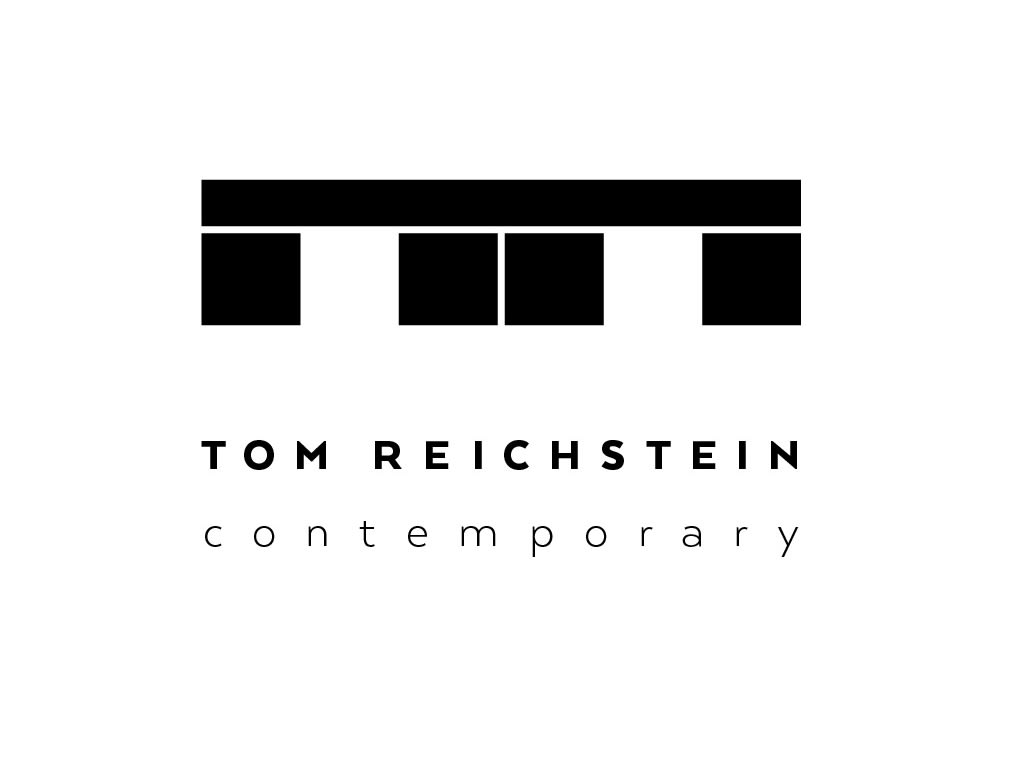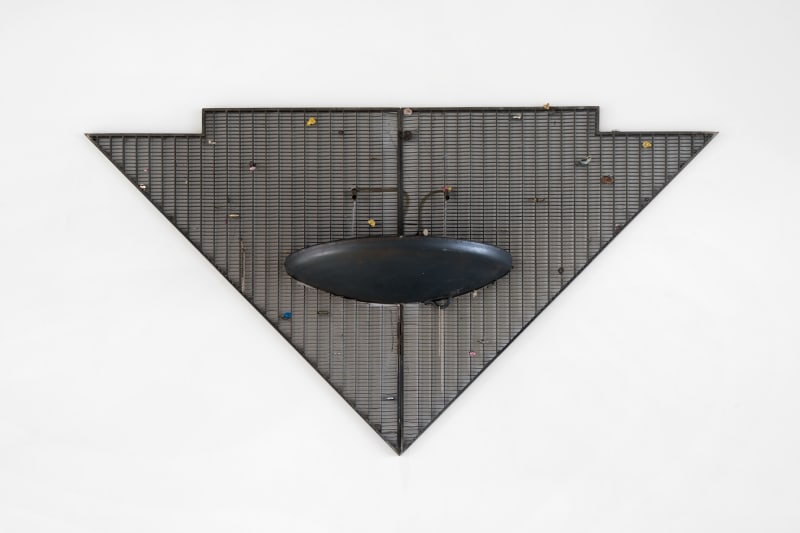Human beings, who can be regarded as deficient beings in this environment, have always needed protective shells in order to be able to survive. These shells have to adapt to new circumstances time and time again. They shape and influence our world, form local systems that are mutually dependent and influential to each other.
With the development of human culture, our living space is subject to constant transformation. It is viewed, perceived and modeled in a new way over and over again. Our ways of living leave traces in space, just as space also leaves traces in us a constant mutual exchange.
The exhibition Cavernous Shells at Tom Reichstein Contemporary shows selected works by Sarah Doerfel, Vincent Scheers and Philipp Zrenner. What they have in common in their great diversity is a processual nature in different temporal dimensions. The exhibition stretches from today to a time just before mankind settled down. Humans developed a different self-image and this new awareness was accompanied by a novel understanding of the environment. One was no longer one with nature, deliniation and hierarchization began.
On the one hand, this may have been essential for survival, but over time this has also led to unhealthy proliferations, which are still having an adverse effect on our consciousness today. These processes of demarcation can have protective but also destructive effects. And seemingly dense shells are always porous and permeable. Even the hardest chitin shell is still inevitably connected to the environment through its tracheae.
Sarah Doerfel's works are reminiscent of timeless primal beings that are in the process of metamorphosis. They change their outsides from soft membranes to hard combative shells. In her works she combines softness with hardness, body features of extinct and endangered species with others - creating trans beings in the process. We humans also change our shells, are subject to a constant process, be it when one enters from one period of life to the next, the circumstances of life change, or the body is subject to changes.
Vincent Scheer's works are characterized by a tension between man and nature. His sculptural works tell, often with a pinch of bitter humour, stories of a rebellion of nature against the man-made. But also of the vulnerability and the defenseless of nature against man, who symbolically rides headless into battle. In his paintings he portrays extinct animal species in a ghostly manner and thus reports on some of the losses that mankind has caused on this planet. Using a blend of natural pigments and light-sensitive chemicals, they remain vibrant and subject to constant change.
Philipp Zrenner's works are dedicated to urban shells - the faces of the city. Ventilation shafts and heaters, lattices, boardings and fountains - the constantly breathing, flowing and rushing essence of the city. Zrenner travels through this like a tracker. His striking sculptural works oscillate between melancholy and hidden romanticism. He detects signals from the city, but also human traces and signs in the impersonal facades, which give them individual stories. In heating, ventilation and fountain installations, he refers to energy cycles, because no matter how hard and impermeable the urban shells may appear, everything is subject to constant exchange.
Judith Hofer




